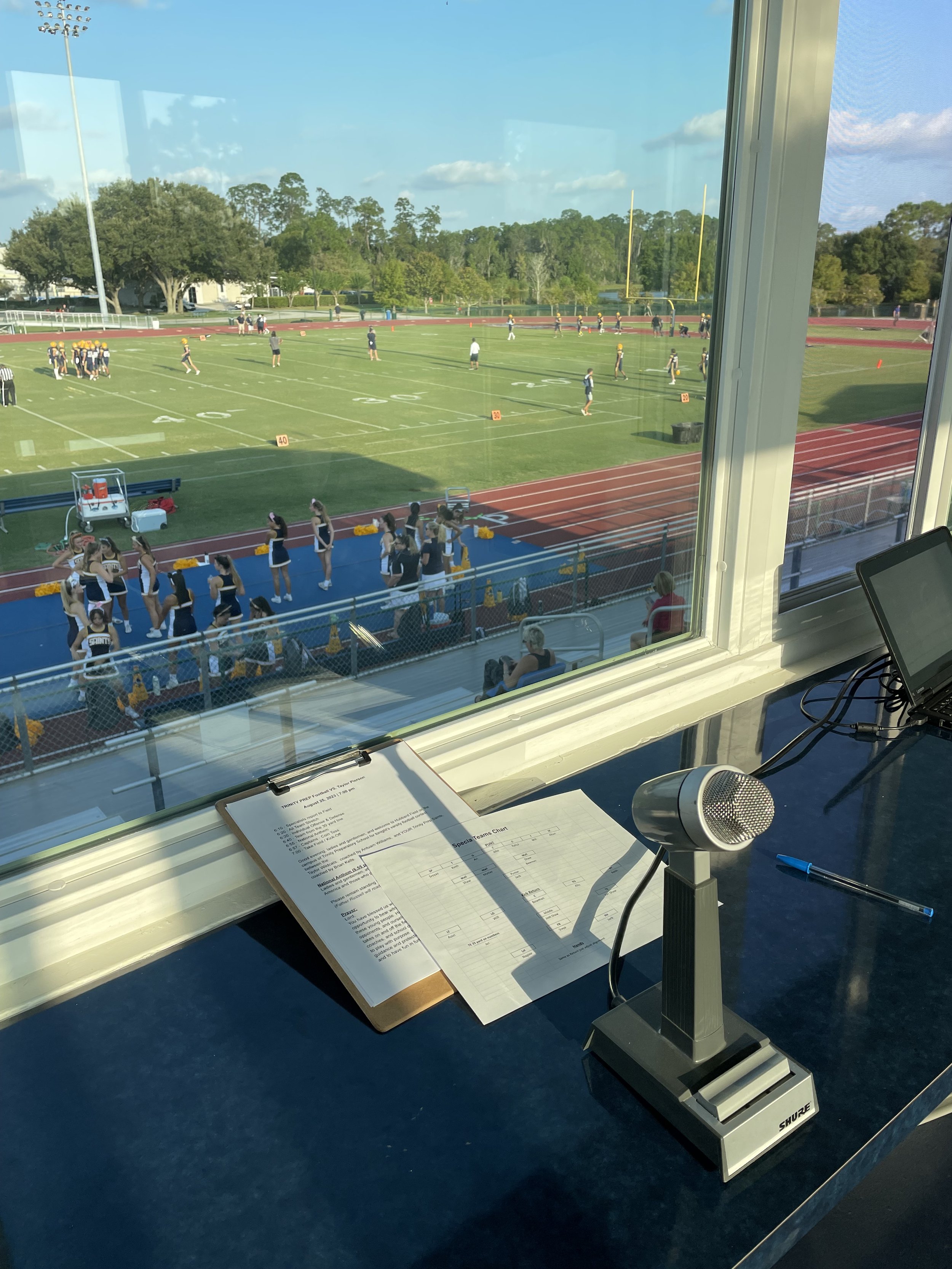CFB Next
My Main Man Mike Bianchi wrote a column for the Orlando Sentinel on September 9th after Colorado beat Nebraska to go 2-0, and included this prescient line about Buffs coach Deion Sanders:
We hear platitudes about “student-athletes” and coaches who bring catch phrases and a ‘system’ to their job. Row The Boat and whatnot. I love college football, but I understand the tradeoff we make in loving it. At the highest level, college football is a TV show.
Deion’s current roster at Colorado is not possible without the transfer portal, which empowered college athletes to make their own decisions about their future. This is only logical. My daughter, a junior in college, is free to transfer anywhere without penalty. The same was not true for scholarship athletes until the NCAA loosened the reins and acknowledged that kids who play football or basketball are, in fact, college students who have the right to change their minds.
The NCAA is losing relevance as it pertains to revenue sports. Deion’s 2023 Colorado team could be the program we point to when the inevitable shift occurs: at some point — sooner than you think — major-college football will operate outside the purview of the NCAA.
Imagine an organization of power football schools without conferences. Thinking of a 30 to 40 team association that agrees upon rules of recruiting as a condition of acceptance. The players would get stipends, of course — college kids deserve to get paid to do a job. This organization would negotiate its own media rights for TV, radio, and streaming.
Tricky question — who’s in?
ACC: Florida State, Miami, North Carolina, Clemson
Big 12: Kansas State, Oklahoma, Oklahoma State, Texas, TCU, West Virginia, Baylor, Texas Tech
Big Ten: Ohio State, Michigan, Michigan State, Penn State, Minnesota, Iowa, Wisconsin
Notre Dame
Zombie Pac-12: USC, Colorado, Oregon, Oregon State, UCLA, Utah, Washington, Washington State, Arizona, Arizona State
SEC: Georgia, Tennessee, Florida, Auburn, Alabama, LSU
That’s 36 teams in our new College Football Association. How do we organize them? In three divisions with 12 teams each:
EAST: Florida State, Miami, Florida, Georgia, UNC, Clemson, Tennessee, Auburn, Alabama, LSU, West Virginia, Penn State
WEST: USC, Colorado, Oregon, Oregon State, UCLA, Utah, Washington, Washington State, Arizona, Arizona State, Oklahoma, Oklahoma State
CENTRAL: Kansas State, Texas, TCU, Baylor, Texas Tech, Ohio State, Michigan, Michigan State, Minnesota, Iowa, Wisconsin, Notre Dame
This list represents every college football national champion since 1998; the exception is Nebraska. Take them out, and it’s every national champ since 1990 when Georgia Tech shared it with Colorado.
Take Georgia Tech out, and it’s every national champion since 1984 (BYU).
Take out BYU, and it’s every national champion since 1976 (Pitt).
Beyond Pitt, you have to go back to 1960 — 63 years ago — to find a team that won a national title and is not already listed in this proposed College Football Association. 1960 was a shared title between Minnesota (on our list) and Mississippi (not included).
Regional rivalries are maintained. Florida plays Georgia, Florida State plays Miami, Ohio State plays Michigan. The games you care about.
There are notable absences. Nebraska, for one. UCF. Boise State. Wealthy (but underperforming) schools from the SEC. The service academies. I admit, it’s not perfect. Perhaps there’s a way to promote and relegate.
But wouldn’t you watch?

